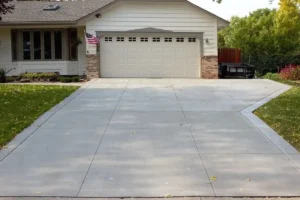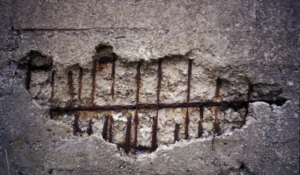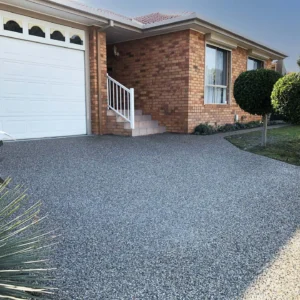Cement walkways are the best choice for high-traffic areas because of their durability, low maintenance, and ability to withstand constant foot traffic. They resist cracks, weather damage, and wear over time, ensuring long-lasting performance for sidewalks, parks, and commercial spaces.
If you need a reliable, long-lasting walkway, the expert team at Greenville Concrete Contractor is here to help.
Best Concrete Sidewalk Services In Greenville SC
Phone: (912) 361-6661
Email: info@greenvilleconcretecontractorshq.com
Durability and Strength
One of the most significant advantages of cement walkways is their durability. Cement’s inherent strength allows it to handle heavy loads and continuous use, making it ideal for high-traffic areas like concrete driveways. Unlike materials such as asphalt or gravel, cement can endure constant pressure from foot traffic, bicycles, and even light vehicles. With proper maintenance, cement walkways can last for decades, ensuring minimal signs of wear and tear.
In addition to its structural integrity, cement can also be reinforced with steel or fiber mesh to further boost its durability, making it a top choice for paving projects in busy public and commercial zones.
Low Maintenance
Cement walkways require far less maintenance than alternatives like brick or stone, which may need individual repairs over time. Cement surfaces resist stains, chips, and cracking, which means they require fewer repairs and touch-ups. For property owners, this low-maintenance feature translates to cost savings. A quick power wash is often enough to keep cement walkways looking fresh for years. This makes cement an ideal option for high-traffic areas like public parks or patios, where the constant use of the path requires a sturdy and reliable surface.
Cost-Effectiveness
While the initial investment in a cement walkway may be higher compared to materials like gravel or asphalt, the long-term cost savings are substantial. Cement walkways have a long lifespan and need minimal maintenance, which reduces the need for frequent repairs or resurfacing. For busy areas such as shopping centers, cement’s durability and low cost of upkeep make it a smart financial decision. Compared to other materials, cement is a more cost-effective solution for high-traffic areas.
Weather Resistance
Cement sidewalks can withstand extreme weather conditions, making them ideal for regions that experience temperature fluctuations. In places like Greenville, where hot, humid summers can shift to cool winters, cement holds up well without cracking or crumbling. Unlike materials like asphalt, which can become brittle in cold conditions, cement remains resilient and strong.
Safety and Traction
Safety is paramount when designing walkways, especially in high-traffic areas. Cement provides a surface with excellent traction, reducing the likelihood of slips and falls. Its natural texture can be enhanced with non-slip coatings or stamped designs for added safety, making it a suitable choice for places like schools or residential driveways, where high foot traffic and weather conditions can lead to accidents.
Aesthetic Flexibility
One of the most attractive features of cement walkways is their aesthetic versatility. Cement can be customized with stamped patterns, colored finishes, or textured designs to suit any environment. This flexibility allows property owners to enhance the visual appeal of spaces like driveways or commercial patios, while still maintaining the functionality and strength that cement provides. Whether you’re aiming for a modern or classic look, cement offers a wide range of design options.
Sustainability
As environmental concerns grow, many property owners are looking for eco-friendly materials. Cement is considered a sustainable choice because it is made from natural resources like limestone and sand. Additionally, stamped concrete options can help manage storm water runoff in high-traffic areas, reducing surface flooding and promoting better water drainage. Cement’s sustainability makes it an excellent option for eco-conscious projects like public parks and commercial spaces.
How Greenville Concrete Contractor Can Help You?
At Greenville Concrete Contractor, they specialize in designing and installing high-quality surfaces that are built to last. They know how to install sidewalks ensuring durability and a smooth finish that complements your property. Contact them now for free quotes!
Contact Info:
Phone: (912) 361-6661
Email: info@greenvilleconcretecontractorshq.com
Frequently Asked Question(s)
They are durable, low-maintenance, and resistant to cracks, weather damage, and constant foot traffic, making them ideal for parks, and commercial spaces.
With proper installation and maintenance, cement walkways can last several decades, often exceeding 30 years before requiring major repairs.
No, they require minimal maintenance. Occasional power washing and sealing can help maintain their appearance and longevity.
Yes, they provide good traction, and additional non-slip coatings or textured finishes can be applied for extra safety in wet conditions.





